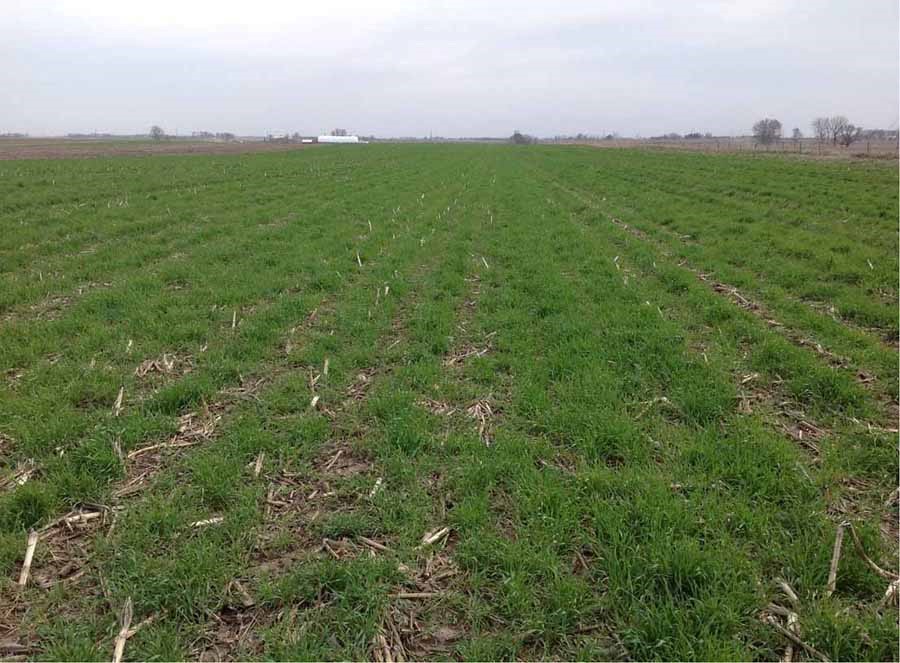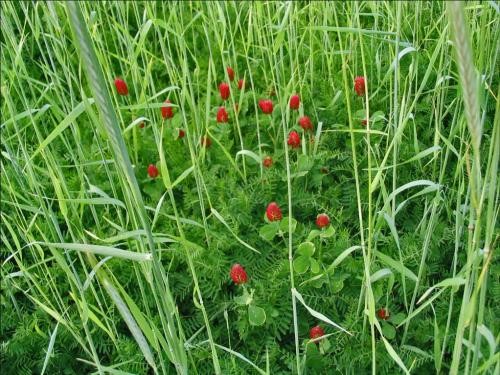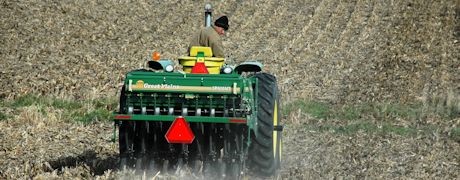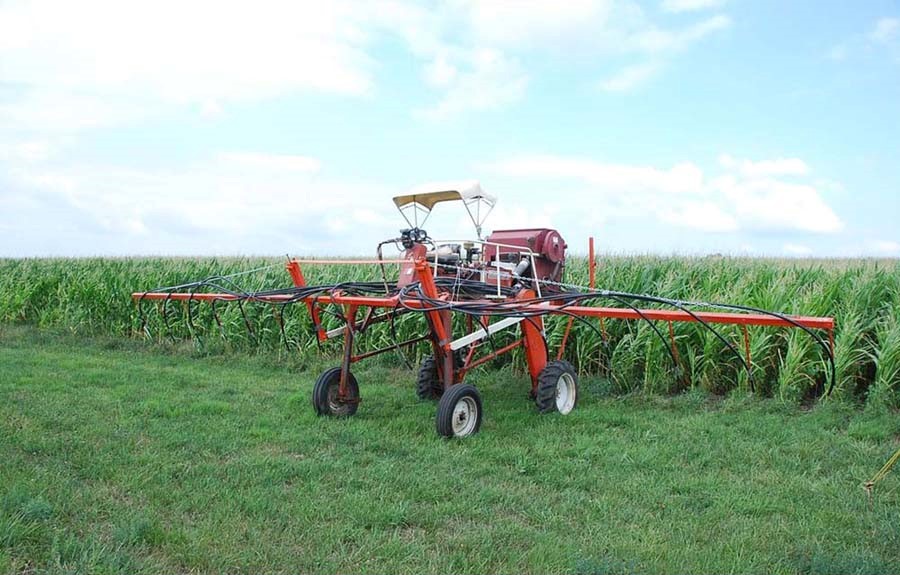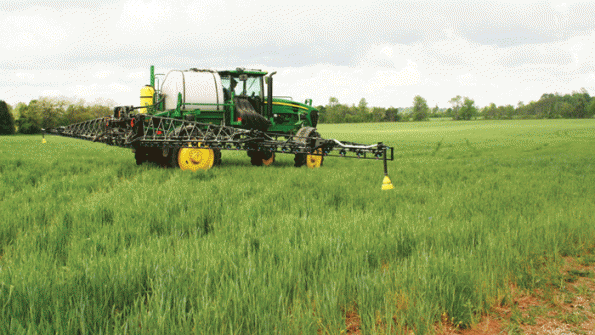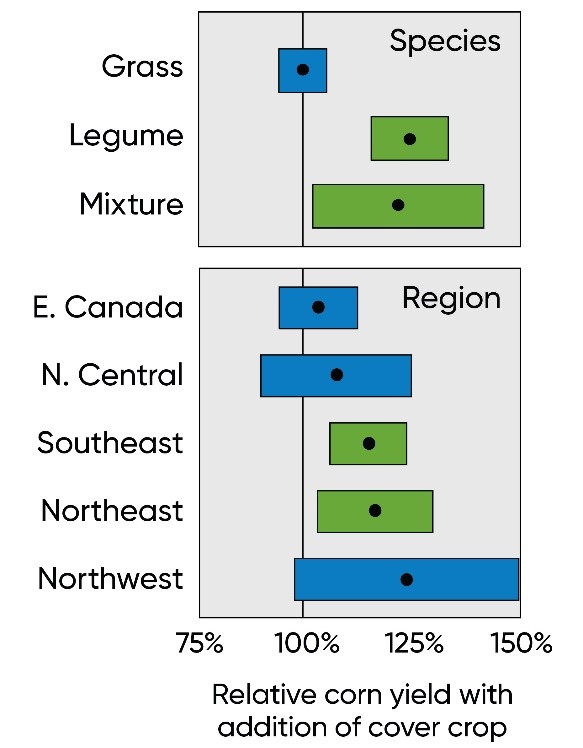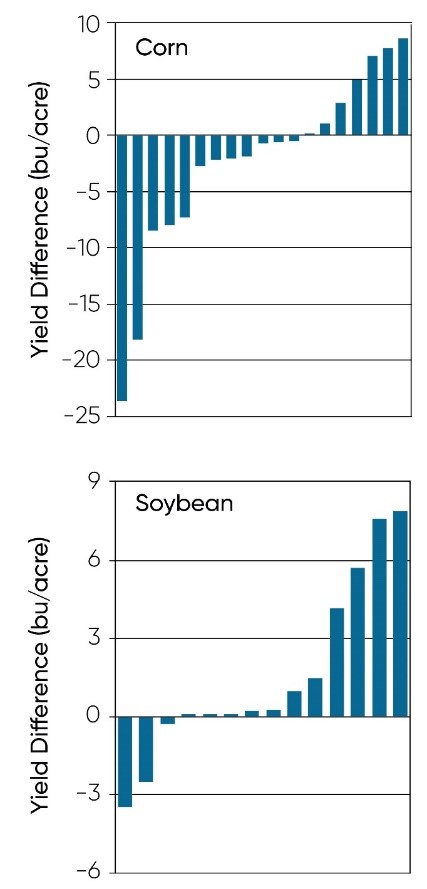The most commonly used cover crops fall into one of three broad groups based on species, potential benefits and management considerations. Key aspects of these three groups are described below. A future article will provide regional guidelines for cover crop species selection.
Grasses, including winter cereals such as rye, wheat, barley and triticale, are the most widely used cover crops in corn and soybean cropping systems. Winter cereals are typically planted in late summer through late fall and produce a small to moderate amount of root and above-ground biomass before going dormant in the winter. Vigorous growth resumes in early spring, and large amounts of biomass are produced by mid to late spring.
In some instances, winter cereals produce more biomass than is easily managed prior to planting the next grain crop. For this reason, some growers prefer non-winter-hardy cereals like oats, which establish rapidly in the fall, but winterkill and leave behind little residue to manage in the spring.
Annual ryegrass is another option if spring residue levels are a concern. Annual ryegrass is a bunch-type forage grass that produces less above-ground biomass than winter cereals but more root biomass. Annual ryegrass is slower to establish in the fall compared to winter cereals and must be seeded by mid-September in most locations if it is to survive the winter. Because it produces a large amount of shallow root biomass, annual ryegrass is a good fit for no-till systems.
In general, grass cover crops are well suited for:
- Scavenging soil nutrients, especially nitrogen
- Preventing soil erosion
- Producing large amounts of biomass that helps to increase soil organic matter
- Suppressing weeds
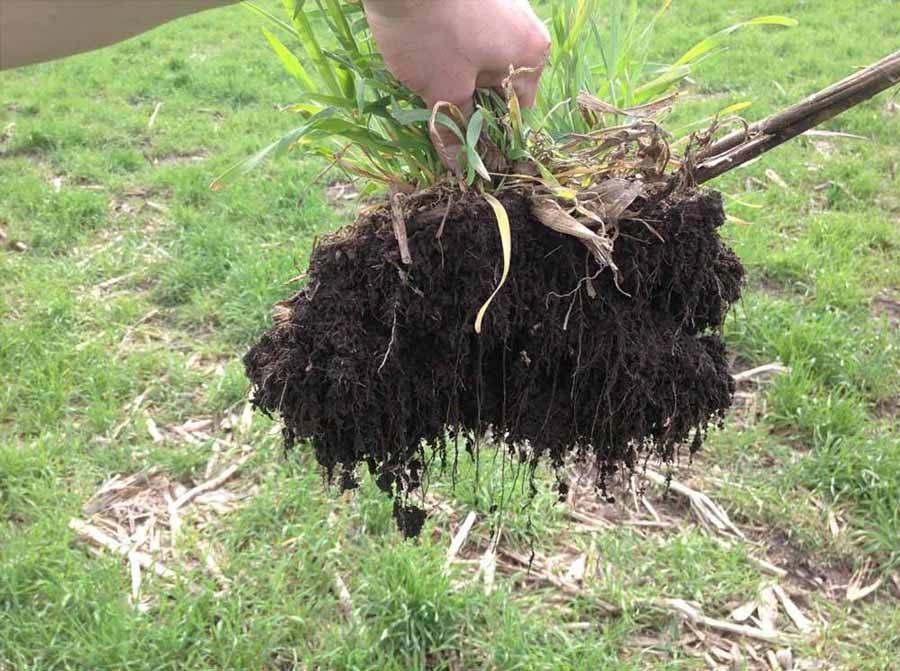
Figure 2. The extensive fibrous root system produced by grass cover crops makes them well suited for stabilizing soil, scavenging N and building soil organic matter.
Legumes are valued as cover crops primarily for their ability to fix nitrogen. Common legumes used as winter cover crops in corn and soybean cropping systems include hairy vetch, field pea, lentil, crimson clover, red clover and berseem clover. Legumes can be seeded in early summer through early fall but in many regions must be planted earlier than cereals to survive the winter. The amount of N added by legumes varies among species but is directly proportional to the amount of biomass produced. For this reason, spring man-agement of legume cover crops can involve a trade-off between early corn planting and waiting for more biomass and N production by the legume. A future article will provide guidelines for estimating N credits from legume cover crops.
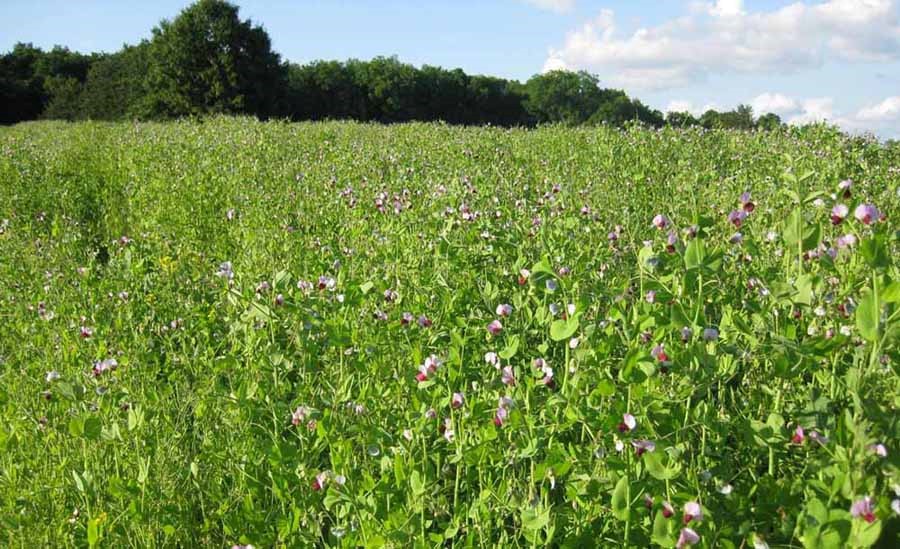
Figure 3. Legume cover crops like field pea can provide valuable N additions for a following corn crop.
Brassica cover crops have grown in popularity recently due to their ability to provide many of the same benefits as grasses but with residues that break down more rapidly in the spring. Certain brassicas are also becoming well known for their ability to produce a large taproot that is effective at breaking soil compaction. Common brassicas used as winter cover crops in corn and soybean cropping systems include canola, mustards, forage radish and turnip. Like most legumes, brassicas must be planted earlier than cereals in order to successfully establish and provide maximum benefits. Many brassica cover crops winterkill in locations with sub-freezing winter temperatures, which helps accelerate residue decomposition in the spring.
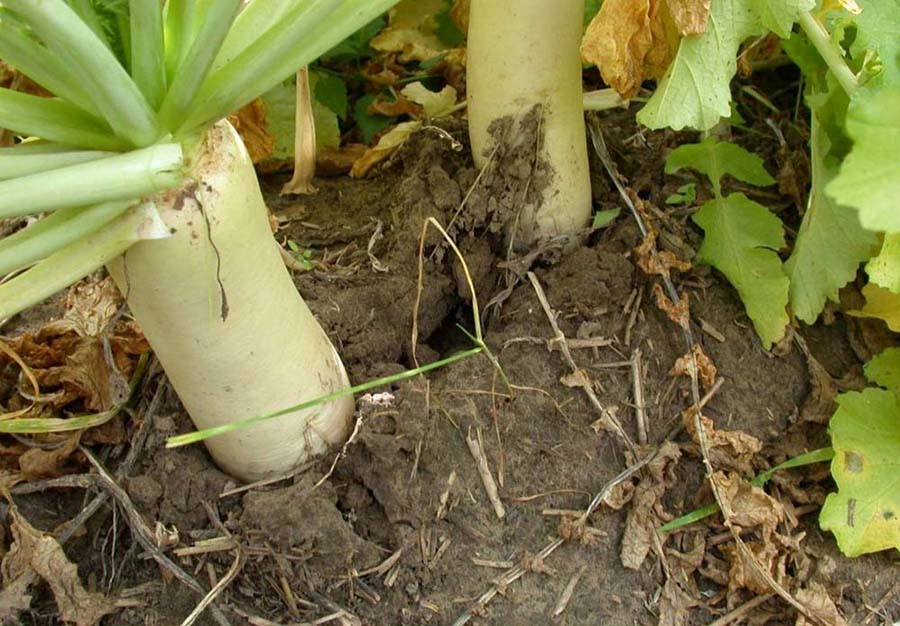
Figure 4. Forage radish produces a large taproot that can help remediate soil compaction.






